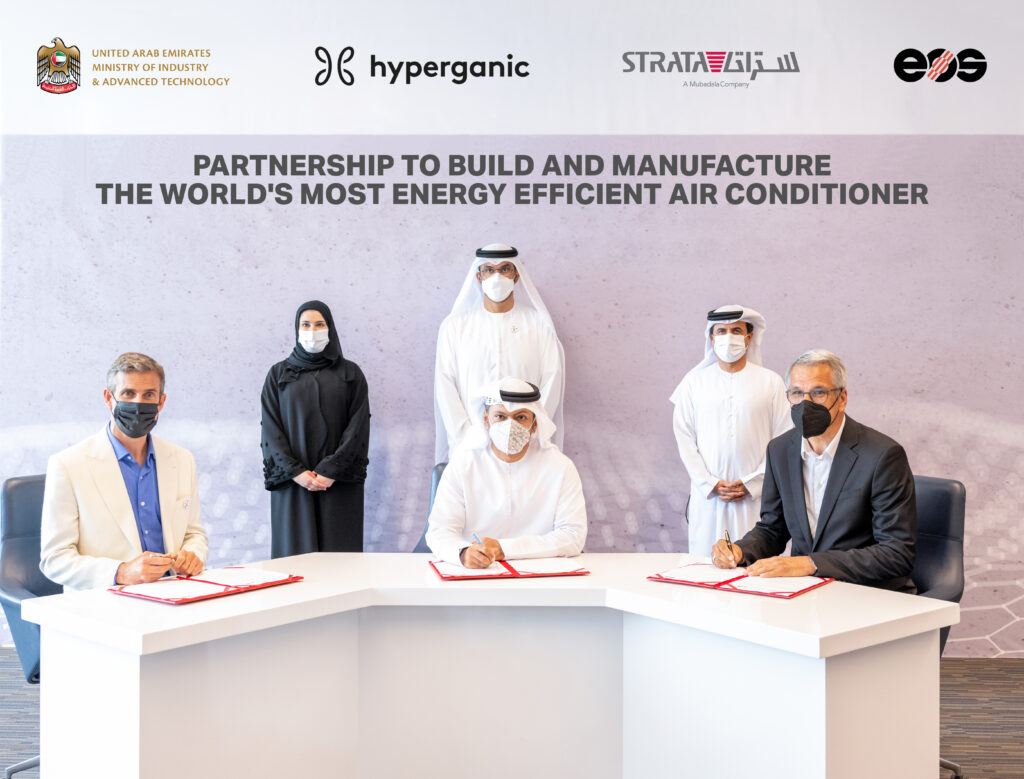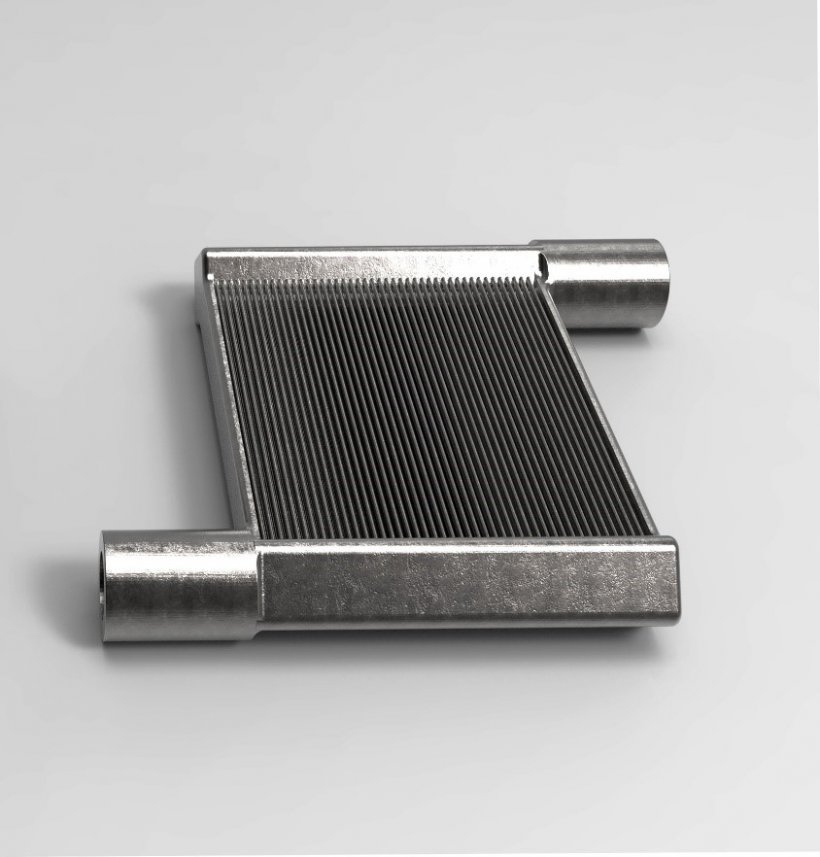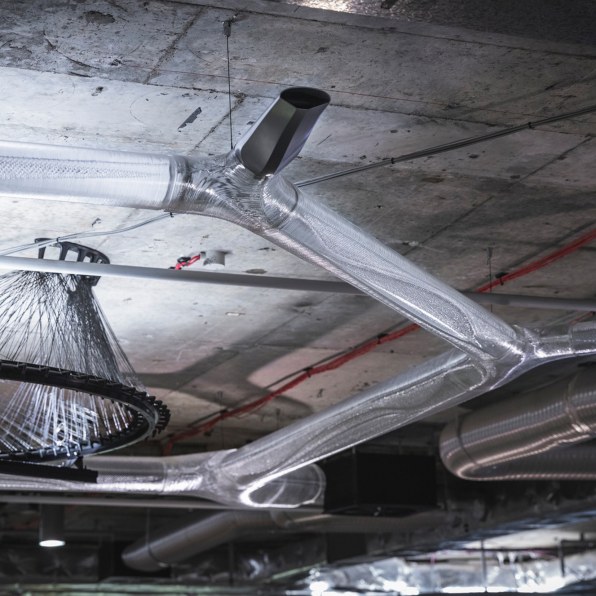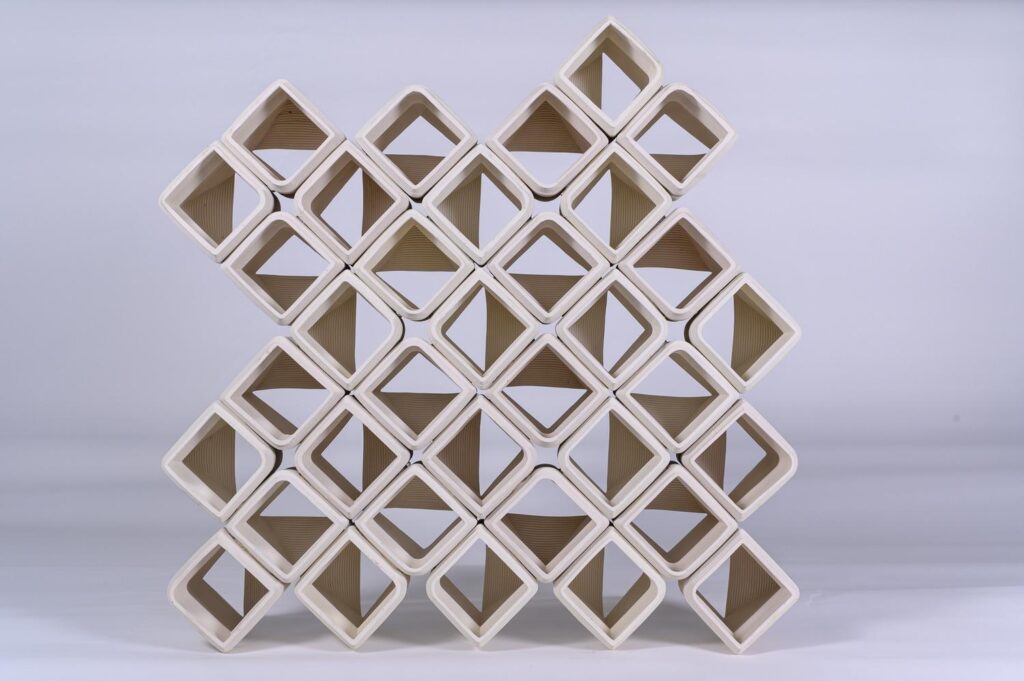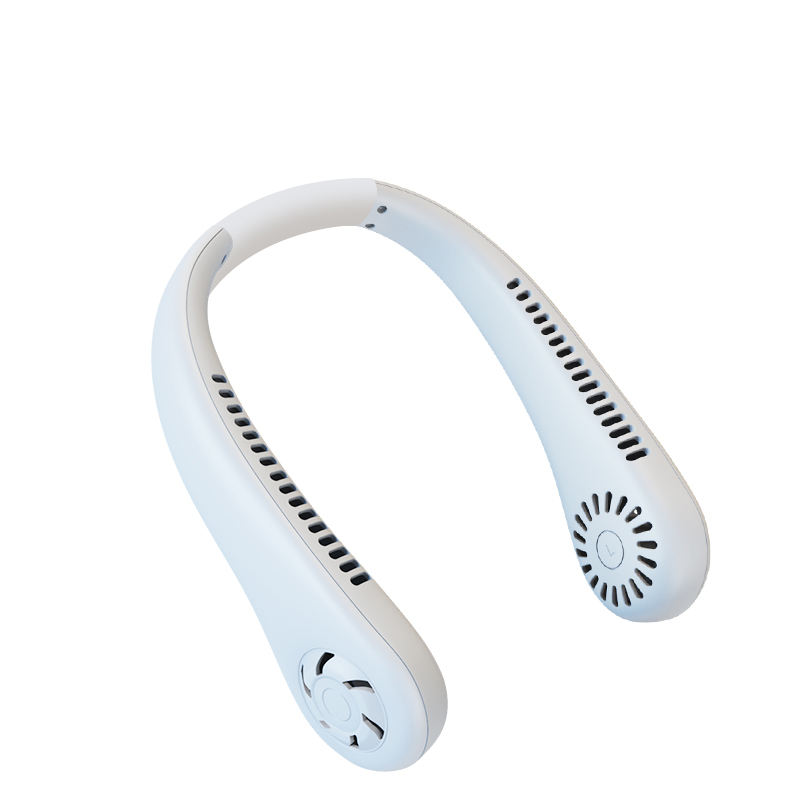Archive
Archive
Labels
Labels
- #AI
- #AIethics
- #Alexa
- #AmazonMusic
- #AmazonPrime
- #AmazonTechProducts
- #AmazonTop10
- #Apple
- #appleaddict
- #AppleARGlasses
- #applecommunity
- #applefanboy
- #applelover
- #appleproducts
- #AppleVisionPro
- #Apps
- #AR
- #AR #retail #customerexperience #sales
- #ARApplications
- #artificialintelligence
- #AugmentedReality
- #automation
- #Autopilot
- #BestSellingTechProducts
- #bitcoin
- #Blockchain
- #BusinessEfficiency
- #businessprotection
- #ChatbotPlatform
- #ChatGPT
- #CommunicationChannels
- #consensusmechanisms
- #construction
- #constructionindustry
- #ConsumerTech
- #continuousimprovement
- #CostEfficiency
- #cryptocurrency
- #CustomerExperience
- #customerservice
- #cybersecurity
- #cyberthreats
- #DataScience
- #datasecurity
- #deeptech
- #DeviceRepair
- #Digital
- #DigitalAge
- #digitallyimmunesystems
- #DigitalManufacturing
- #DigitalTransformation
- #disruption
- #disruptivetech
- #DisruptiveTechnology
- #diversity
- #downtime #predictivemaintenance
- #Education
- #efficiency
- #ElectricVehicles
- #emergingtech
- #encryption
- #Engineering
- #Entertainment
- #environmentalimpact
- #equality
- #equipmentperformance
- #Ethernet
- #ethics
- #EU
- #Experience
- #FastAndPowerful
- #Finance
- #FitnessTrackers
- #fullframecamera
- #FullSelfDriving
- #Fun
- #Future
- #FutureOfCars
- #futureofconstruction
- #futureoftech
- #futureoftransportation
- #futureofwork
- #FutureTech
- #FuturisticCars
- #gadgets
- #Games
- #Gaming
- #GamingGear
- #globalchipshortage
- #Healthcare
- #HighDefinition
- #hitech
- #humanresources
- #Immersive
- #immersiveexperiences #virtualtryon #productinformation #recommendations #personalization #upselling #reducedreturns #virtualshowrooms
- #ImmersiveTechnology
- #inclusion
- #IndustrialDesign
- #Industry40
- #Innovation
- #Innovations
- #InnovativeTechnology
- #InternetofThings
- #inventorymanagement
- #iOS15
- #IoT
- #ipad
- #iPadPro
- #ITsecurity
- #Japan #chips
- #jit
- #jobloss
- #kaizen
- #kanban
- #kidstablets #besttablets #parenting #technology #education #safety #amazonfirehd10 #samsunggalaxytaba #parentalcontrols #screenlimits #kidssafety
- #LanguageLearning
- #leanmanufacturing
- #LightningDeals
- #LongTailKeywords
- #M1Chip
- #machinelearning
- #Manufacturing
- #ManufacturingTechnology
- #Meta
- #mirrorlesscamera
- #MixedReality
- #ML
- #MobileRepair
- #mobility
- #MR
- #Multilingual
- #musthave
- #networksecurity
- #newproduct
- #NewRelease
- #NLP
- #Oculus
- #OculusQuest3
- #operationalimpact
- #PhoneDIY
- #PhoneHacks
- #PhoneMaintenance
- #PhoneRepair
- #PhoneTroubleshoot
- #playstation
- #PlayStationVR2
- #poka-yoke
- #privacy
- #productivity
- #productreview
- #ProofOfStake
- #ProofOfWork
- #PS5VR
- #quality
- #qualitycontrol
- #QuantumComputing
- #realtime
- #reducingtraffic
- #RemoteWork
- #responsibility
- #Retail
- #RetinaDisplay
- #retraining
- #review
- #RoboticProcessAutomation
- #robotics
- #RPA
- #safedriving
- #safety
- #ScreenRepair
- #security
- #selfdrivingcars
- #semiconductors
- #sensors
- #shippingtimes
- #sitemanagement
- #SmartCities
- #smartcontracts
- #SmartDisplay
- #SmartHome
- #SmartHomeDevices
- #SmartphoneFix
- #SmartphoneMaintenance
- #sony
- #SonyA7
- #SonyA7IV
- #SonyAlpha
- #SonyCamera
- #SonyPhotography
- #SpatialAudio
- #streamlining
- #supplychainmanagement
- #sustainability
- #tech
- #TechDIY
- #techfuture
- #TechGizmoHub
- #techgizmohubreview
- #TechGuide
- #TechHacks
- #techindustry
- #techjobs
- #TechNews
- #Technology
- #TechnologyTrends
- #TechReviews
- #TechSavvy
- #techstartups
- #TechTips
- #techtrends
- #Tesla
- #TeslaModelSPlaid
- #Thunderbolt3
- #Top10Reviews
- #tpm
- #Training
- #transparency
- #Transportation
- #TrueDepthCamera
- #UltimateDrivingMachine
- #UnmatchedSpeed
- #UpcomingTechnologies
- #Updates
- #USB-C
- #valuestreammapping
- #videogames
- #VirtualReality
- #visualization
- #VR
- #VRheadset
- #VRHeadsets
- #wastereduction
- #WearableTechnology
- #WirelessEarbuds
- #workforce
- #WorkplaceInnovation
- 3M
- adapting to the changing technological landscape
- AI revolutionizing our lives
- balls
- benefits of PDCA for manufacturing
- benefits of process improvement
- benefits of process improvements for private equity firms
- Business transformation
- clubs
- Cost savings
- Customer satisfaction
- examples of PDCA in manufacturing
- golf
- golf balls
- golf clubs
- golf technology
- GPS
- GPS-enabled devices
- How AI is changing the world
- how HR can help with process improvement
- how technology affects the non-technical
- how technology is advancing
- how technology is changing HR
- How to address technology
- how to ask for help with technology
- how to create a culture of continuous improvement
- how to get help with technology
- how to improve manufacturing processes
- how to improve processes in a business
- how to learn about new technologies
- how to learn about technology
- How to mitigate the risks of AI
- how to protect private equity investments
- How to use AI for good
- how to use PDCA in manufacturing
- how to use technology
- HR process improvement
- Lean Manufacturing
- Lean practices
- Lean principles
- Lean success stories
- PDCA for manufacturing
- process improvement
- process improvement for employees
- process improvement for frontline supervisors
- process improvement for private equity firms
- process improvement tips for HR professionals
- Quality improvements
- software
- swing analysis
- swing analysis software
- Technical unsavvy
- technology
- technology and HR trends
- technology and process improvement
- Technology for beginners
- Technology for non-technical people
- technology in HR
- Technology: The Game Changer in Golf
- The benefits and challenges of AI
- tips for HR professionals who want to use technology
- tips for people who are not comfortable with technology
- tips for the non-technical
- Up and coming technology
Popular Posts
Still waiting for that foldable iPhone ? Perhaps we're getting a rollable iPhone instead. Apple has been awarded a patent for a smartphone with a rollable display (via Patently Apple(opens in a new tab) ). The patent(opens in a new tab) , filed in Nov. 2022 and published on Thursday, describes an electronic device with a display that "may be moved between an unrolled state in which the display is planar and a rolled state in which a rollable portion of the display is rolled up for storage." SEE ALSO: Motorola's rollable concept phone shows foldables aren't the only way forward The patent mentions using a "locally thinned" glass layer in the rollable portion, as well as a display configured in such a way that the "compressive stress in the outwardly facing glass surface may help prevent damage to the display when the display is bent." How about a display that rolls out or in on both sides? Credit: uspto.gov/apple While the patent talks about el...
Character AI: 3 Ways This Technology is Changing the Game for Creators
Published by
TechGizmoHub
On
Character AI is a rapidly growing field that is revolutionizing the way characters are created for chatbots, games, films, and animation. By using machine learning and natural language processing, Character AI can generate realistic and engaging characters with just a few clicks. This has a number of benefits for artists and developers. First, it can save a lot of time and effort. Traditional character creation methods can be time-consuming and labor-intensive, but Character AI can automate many of these tasks. This frees up artists to focus on more creative aspects of character development, such as personality and backstory. Second, Character AI can produce more realistic and engaging characters. Traditional character creation methods are often limited by the artist's skill and imagination. Character AI, on the other hand, can generate characters that are virtually indistinguishable from real people. This can create a more immersive and believable experience for users. Finally, Ch...
Best drone deal: Alpha Z PRO 4K and the Flying Fox 4K Dual-Camera Drone on sale for $149.99 - Tech Gizmo
Published by
TechGizmoHub
On
TL;DR: As of July 16, you can get the Alpha Z PRO 4K and the Flying Fox 4K Dual-Camera Drone(opens in a new tab) for just $149.99 instead of $398 — a savings of 62%. There’s more than one way to enjoy the summer. For your teenager, that might mean spending some quality time on their phone. For an outdoor enthusiast, it could mean exploring new hiking trails. And you might cover both bases with this two-pack of zippy 4K HD drones. The Alpha Z Pro and Flying Fox are two fun ways to see the season from a new perspective, and you can get them both for a low price. These beginner-friendly drones(opens in a new tab) have been marked down by 62%, and it might be high time you grabbed them for your favorite new pilots. Two drones for one low price The Alpha Z and Flying Fox are two fun ways for new pilots to explore the sky with a live HD view streamed directly to their phone. And they could make an awesome gift for a teenager or an adult who wants to capture amazing photos and v...
